Japanese whisky is something of a sphinx-like spirit, even to everyday whiskey drinkers. The style leans heavily on Scottish traditions while folding in Japanese terroir, culture, and water to create something truly unique and special in the world of whisk(e)y. Alas, even through multiple whisk(e)y booms, Japanese whisky doesn’t quite get the love it deserves here in America.
Part of that’s due to it being rarer (not as widely imported, all things considered) and, thereby, more expensive. Part of it is a lack of consumer knowledge.
To help break down those barriers, we reached out to a bona fide whisky expert on all matters Japanese whisky: The Ballard Cut’s Tommy Patrick. Patrick has been working with whisk(e)y in the service industry for two decades now. Recently, he — along with partners John Slagle (a private whisky collector) and chef Rachel Pebbles — opened up a temple to all things whisky (and locally sourced seasonal food) in Seattle, The Ballard Cut. You can check out the amazing-looking fare on their Instagram page. But while that all looks great, it’s the phenomenal whisk(e)y collection that Patrick, Slagle, and Pebbles have curated at The Ballard Cut that drew our attention.
We aren’t the only ones who’ve taken notice of the new spot’s amazing whiskey prowess. Nate Ganapathi (of SingleMaltDaily fame) called out The Ballard Cut as “probably the best whiskey bar in the whole country right now.” That’s high praise from an industry insider. That love, in turn, motivated us to reach out to Tommy Patrick and pick his brain about his one true love: Japanese whisky.
The five bottles below are all bottles of Japanese whiskies that Tommy Patrick personally vouches for. If you’re into any of these bottles, click on their prices to give them a try for yourself!
End of the Day Dram — The Yamazaki 12
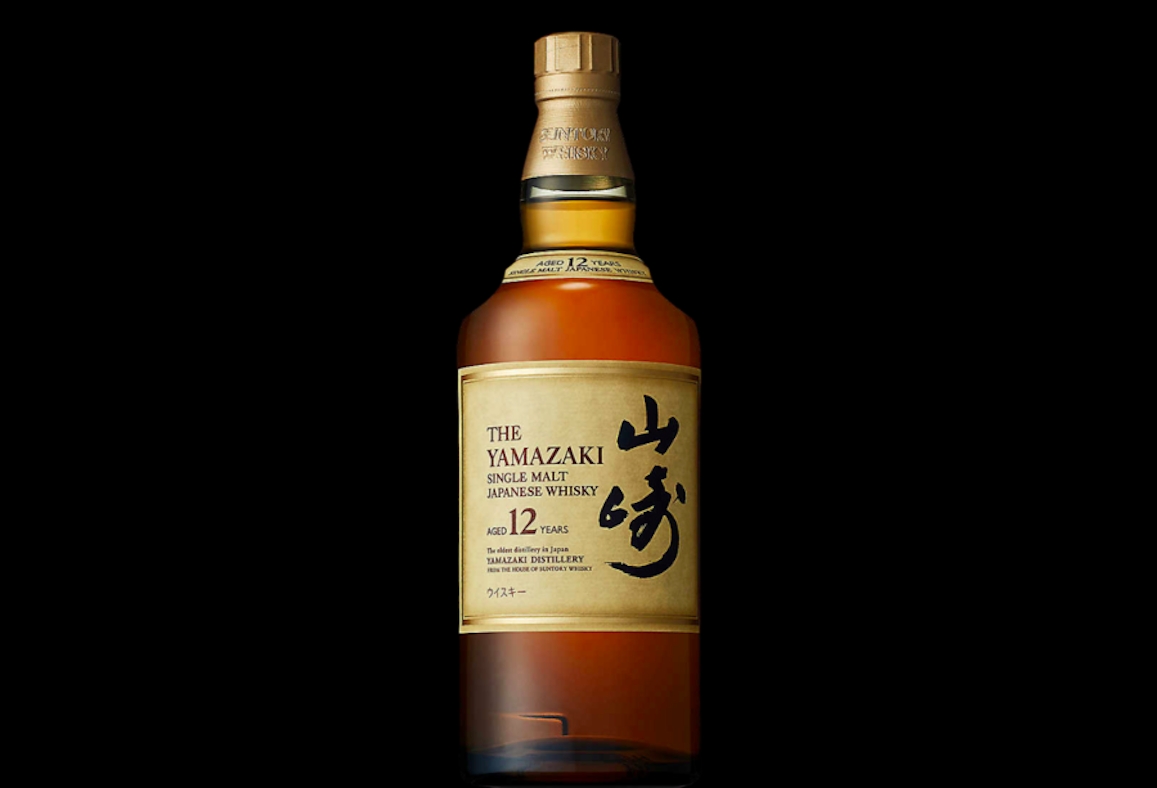
ABV: 43%
Average Price: $165
The Whisky:
The quintessential Japanese single malt, The Yamazaki is about as classic as it gets for this style of whiskey production from this region of the world. Combining three different types of casks together (Spanish sherry, bourbon, and Japanese Mizunara), this whisky is expertly blended and bottled at a super palatable 43 percent.
Tasting Notes:
The nose feels like a copper bar top. The metallic/sharp notes quickly fade into a perfectly burned toffee crust while someone comfortably whispers “oooaaaakkk” into your ear. The palate is honey-washed raw almonds that have the perfect amount of burn. That turns into the feeling of your tongue being ‘buzzed’ like the equivalent of your first drink or two. The finish is long-ish with the right amount of depth. It’s like somebody took a peach Capri-Sun, added some honey, then left it to age in a charred barrel for the perfect amount of time. Gorgeous.
Bottom Line:
This is the bottle that should decide whether or not you like Japanese whisky. There are many different types but they all stem from this, and this is what you should judge them all on. It’s also still available around your neighborhood and around the world. Go and poke around and ask your local liquor store clerk and see if it’s in stock.
The Mixer — Suntory Whisky Toki
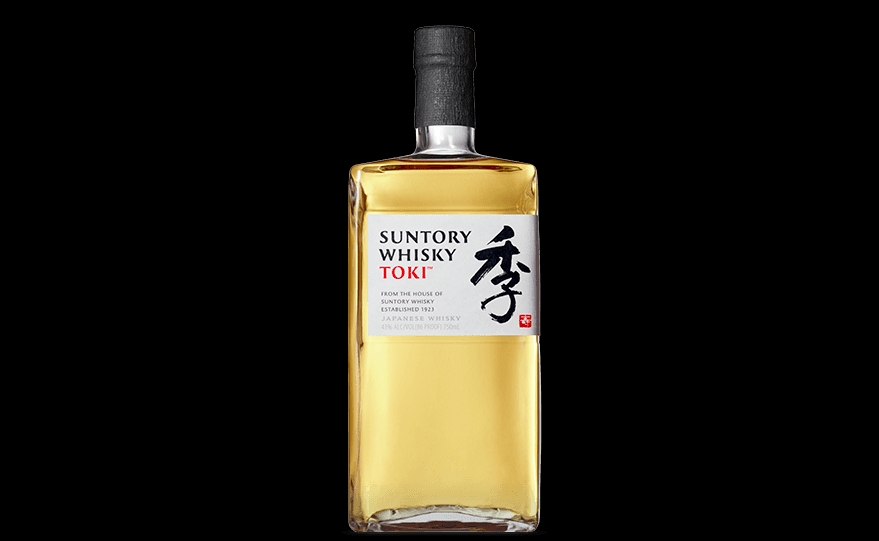
ABV: 43%
Average Price: $40
The Whisky:
This is the easiest call on this board. You can pour this into a highball, old-fashioned, whisky sour … you name it. Or, you know, just shoot it (no judgment). This grain-driven blend is well known in the bar community for being the go-to choice for introducing people to the world of Japanese whisky because of its price and availability.
Tasting Notes:
On the nose, there’s a mix of pre-added milk Honey Smacks cereal with someone standing next to you while wearing sandalwood essential oil as a perfume. The taste has a light heat with crème brûlée creaminess but it’s a crème brûlée that someone decided to add chamomile tea to and they didn’t have enough, so it’s more of an afterthought. It’s super well-rounded and, dare I say, crushable. The finish is clean and abrupt, leaves the palate not overloaded, and looking for another dose.
Bottom Line:
This is the whisky for a highball, which is the best cocktail you can make if you’re trying to have a long afternoon turn into a decent evening. For the price, it’s a great leap into an otherwise confusing category.
End of the Week Dram — Ichiro’s Malt Chichibu ‘The Peated’
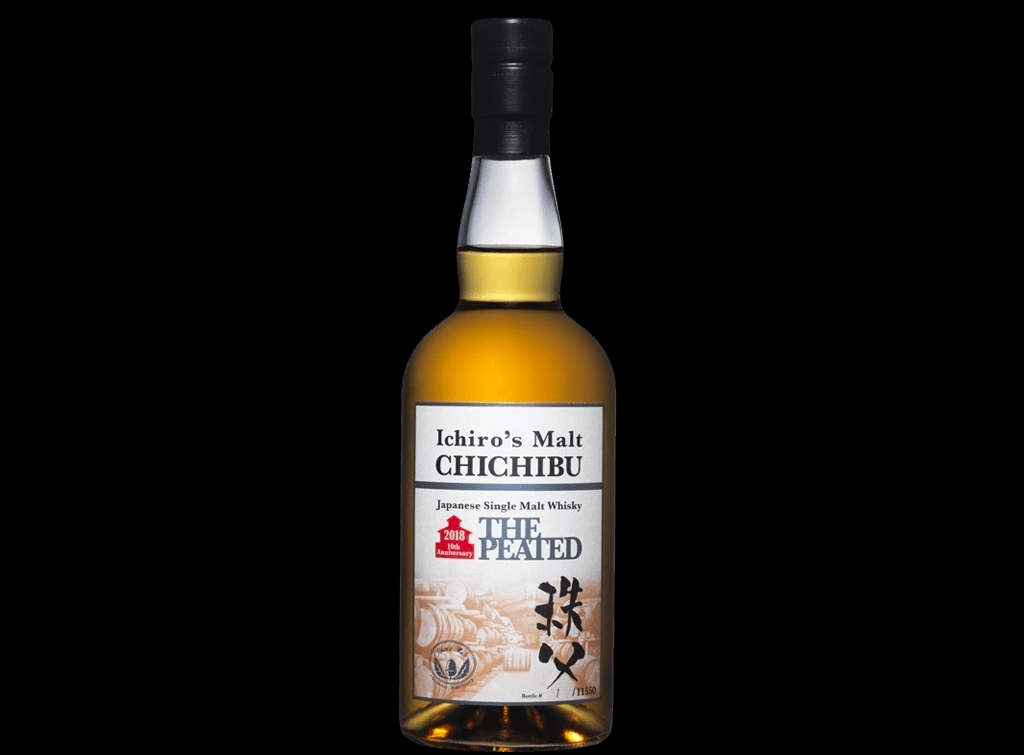
ABV: 50.5%
Average Price: $250
The Whisky:
Ichiro Akuto is the grandson of the man who started the famed Hanyu distillery. Ichiro is now producing some of the best and most unique malts to come out of this region while still staying remarkably true to the single malt origin story.
Tasting Notes:
The nose is as if it’s Halloween and that one macho friend who always aggressively hugs you is wearing a peat costume. You know what’s coming and you take it because you know he means well. The taste has a solid Mizunara (heather, honey, and floral tones) base with a lingering bourbon cask note. It’s a high proof that screams, “I don’t have to listen to my boss anymore” and subtly goes into a beautiful and complex butterscotch situation. Not a super sweet butterscotch, but more of what you imagine was around before all the high fructose trash came around.
Bottom Line:
Ichiro Akuto produces some of the best younger malts that you can get out on the market. I highly recommend sourcing this and just leaning into it. It’ll be a bit abrupt on the uptake but you’ll be happy you made the effort to get this. He’s got some amazing things coming from his distillery, but make sure it actually says “Chichibu” on the front label because the “malt and grain” is a blend from around the world and not a proper single malt.
The Celebration Dram — Nikka Taketsuru Pure Malt 17
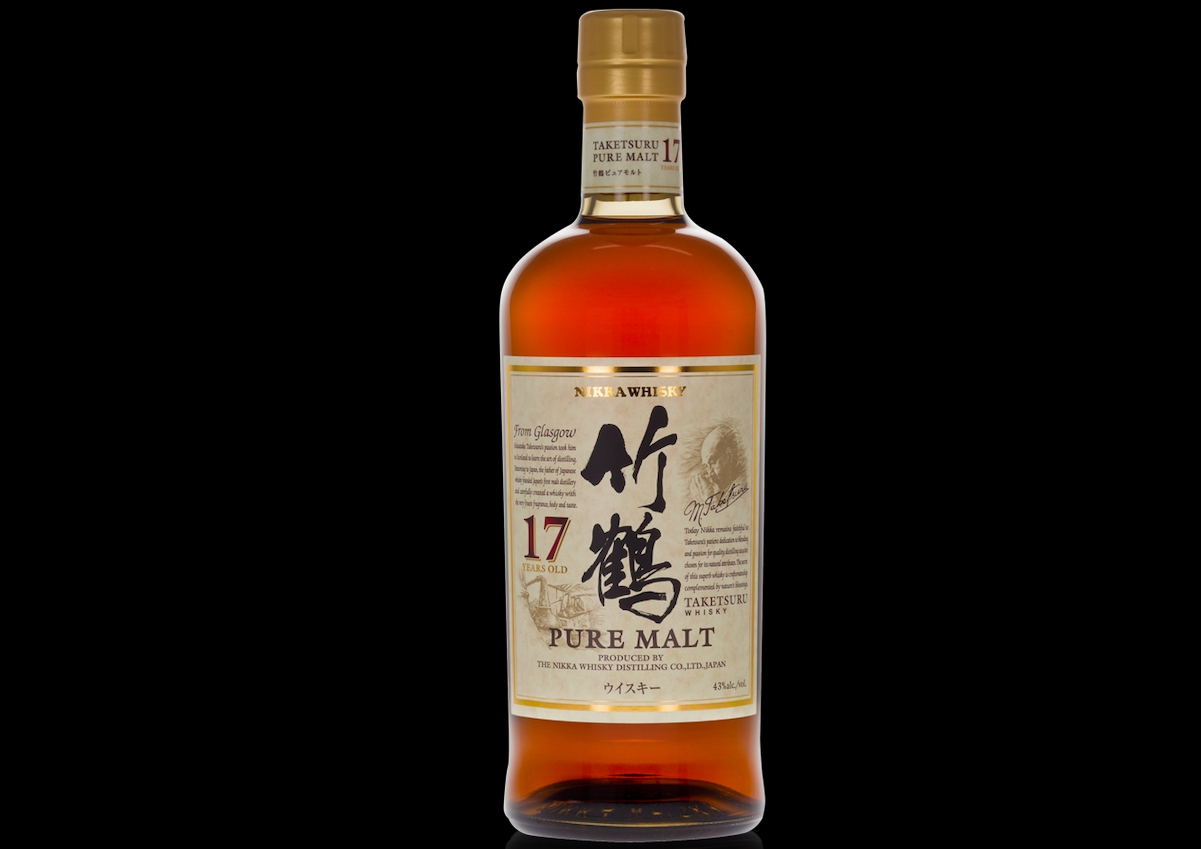
ABV: 43%
Average Price: $525
The Whisky:
This is a “pure malt,” not a “single malt.” Single malt is from one source of distillation. Pure malt is a blend but all of it being malted barley distillate. This whisky is a blend of the two distilleries that Nikka owns: Miyagikyo which is a non-peated single malt and Yoichi which is a peated single malt.
Taketsuru is the name of the father of Japanese whisky. Masataka Taketsuru was the first person to go over to Scotland and learn how to make single malt style whisky and bring it back to Japan. There could be an entire volume of books written on this early portion of the history of this spirit, but I digress.
Tasting Notes:
The nose opens with vanilla oil-rubbed leather furniture like what you would imagine your grandparent’s office would smell like. But there’s a window open and some sea air is wafting in, not in an obnoxious way. The taste has a well-rounded caramel body with a supremely balanced peat presence. It’s rich and complex but light, at the same time. This is totally my jam for many reasons.
The finish is gorgeous. It see-saws between a dry oak presence and the realm of candied plums and spice. I feel like this is the whisky that you give to a younger and dubious generation that makes them look at you like and say, “Oh, maybe I misjudged this situation!”
The Bottom Line:
This is starting to get into the category of “a bit harder to find.” But to borrow a good friend of mine’s saying, “The juice is worth the squeeze.” Nikka was founded by and continues to be run by some pretty intelligent people and truly deserves its rightful place on the pedestal of Japanese whisky makers. I haven’t had anything from them that makes me feel like I’ve wasted money.
It’s always a safe bet and this bottle should be hunted down before it goes into oblivion.
The Once a year dram — Hibiki 21
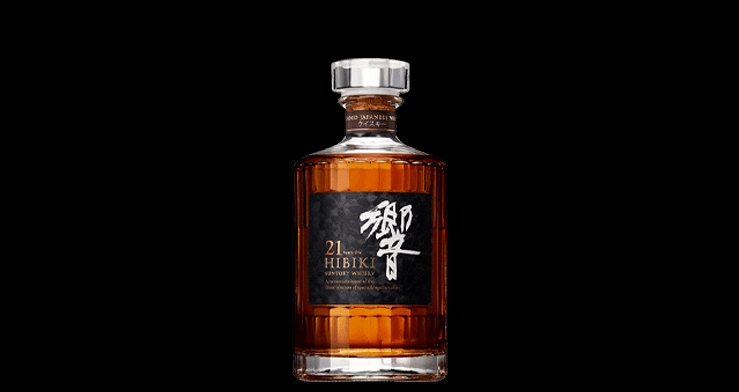
ABV: 43%
Average Price: $1,000
The Whisky:
The word “Hibiki” translates as “chorus” or “harmony,” and this expression truly lives up to its namesake. This is a malt-driven blend, specifically the Yamazaki (non-peated), the Hakusho (peated), and Suntory’s The Chita grain whisky (corn and rice). First released in 1989, this has been a strong leader in the blended Japanese whisky world ever since, and for good reason. Yet despite the recent explosion of popularity of Japanese whisky, these blends have (sadly) been discontinued.
Hop on this one before the 21-year goes the same way as well.
Tasting Notes:
The nose is rich, deep, and intense. It’s like you’ve been bewitched and can’t stop reading an old book that just keeps sucking you in for more. The taste is ripe fruit and dark chocolate that are dating (it’s going well) and they have just been treated to a luxurious spa experience inside of a sherry barrel.
This makes me stop and start daydreaming of a 1930’s cartoon of a caramel-based candy bar driving a bus made out of sherry oak through a town of ripened dark stone fruit that’s cheering while the oak bus rides through.
Bottom Line:
This is what a luxury blend should taste like. There’s a harmonious balance of traditional whisky flavor profiles that get swept off their feet by the next flavor in an elegant and substantial way. Each piece of the orchestra has a distinct note, but they’re incredibly balanced.
Do yourself a favor and make this dram happen. You will not be disappointed.
As a Drizly affiliate, Uproxx may receive a commission pursuant to certain items on this list.







